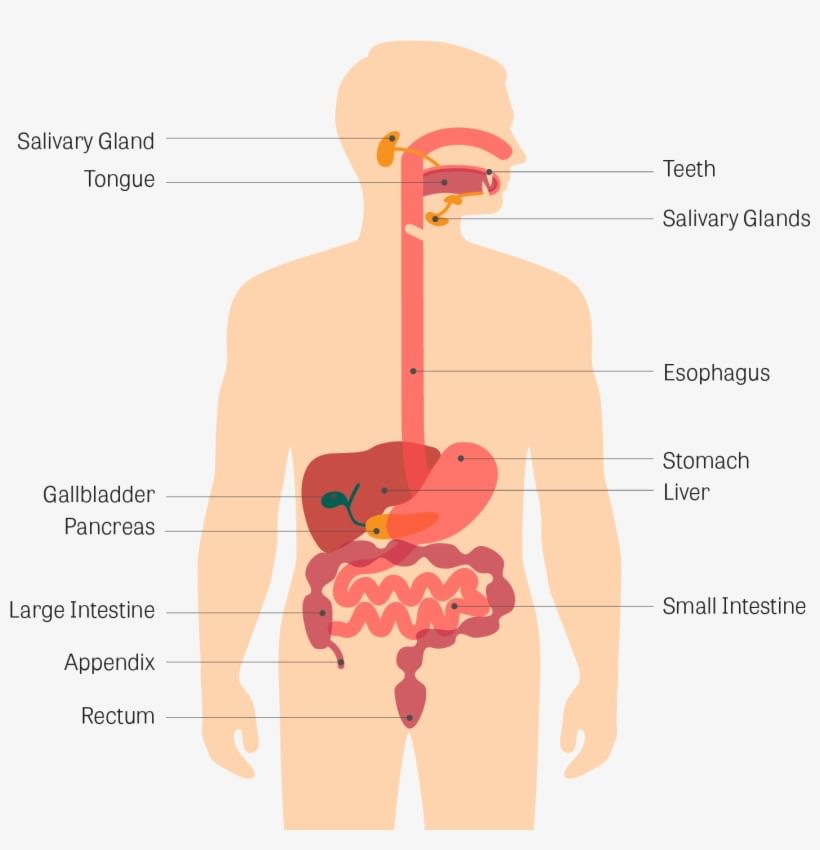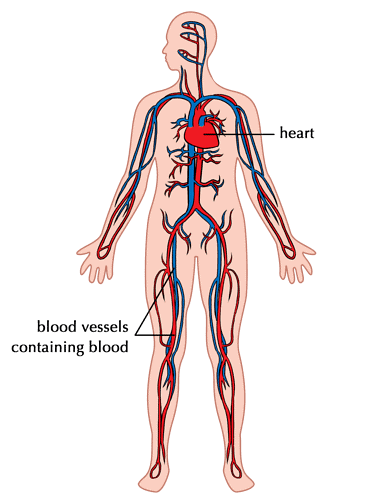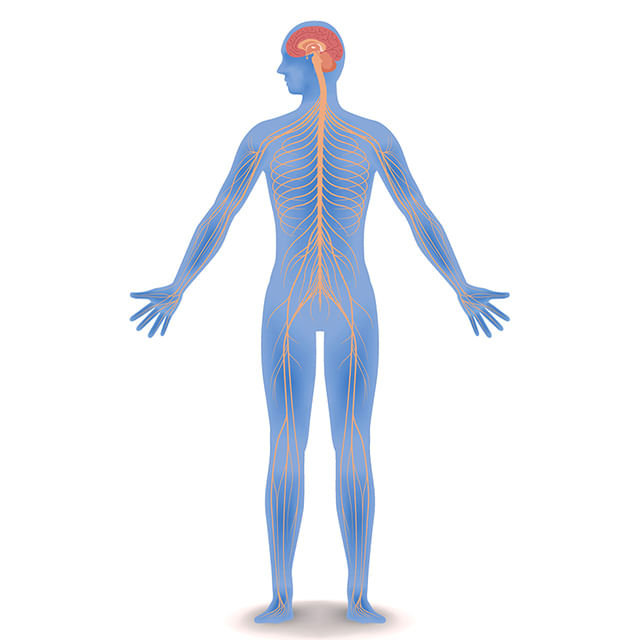Human Body: Organ Systems Class 3 Notes Science
Our body is like a big machine that works all the time. It helps us walk, talk, eat, breathe, and do many other things. But do you know how our body does all this?
Inside our body, there are many parts that work together. These parts are called organs. Some important organs are the heart, brain, lungs, and stomach. When many organs work together to do a special job, they form an organ system.
For example:
- The digestive system helps us eat and digest food.
- The respiratory system helps us breathe.
- The circulatory system carries blood all over the body.
Just like a team, all organ systems work together to keep us healthy and strong. In this chapter, we will learn about different organ systems and how they help us every day!
Structure of the Human Body
The human body is made up of many tiny building blocks called cells. When similar types of cells come together, they form a tissue. Different tissues work together to create organs.
- Organs like the stomach, liver, skin, and lungs are made up of different types of tissues.
- The human body is an amazing collection of different systems. Each system is made up of several organs that are connected to perform a specific function.
- These different systems work together to carry out essential functions that are important for our living and well-being.

The Skeletal System
The skeletal system is made up of bones that are connected to form a skeleton.
- Adults have 206 bones in their bodies, but some bones join together as we grow older.
- Bones are the hard and strong parts of our body, which helps in giving shape and support to our body.
Functions of the Skeletal System
- The skeletal system gives our body its shape and support. Without bones, our body would be shapeless.
Our bones keep important body parts like the brain, heart, and lungs safe by covering them with a hard shell.
The skull protects the brain, the ribcage keeps the heart and lungs safe, the backbone supports our body, and our arms and legs help us move.

The Muscular System
The system that helps us to move different parts of our body is called the muscular system.Functions of the Muscular System
- Muscles are soft parts that connect to bones and help us move, like blinking, walking, or jumping.
- Muscles also work inside our body – they make our heart beat and help move food in our stomach.
- Even our eyes and face move because of muscles. There are more than 600 muscles in our body!
 Muscular System
Muscular System
The Digestive System
Our body cannot use food in the form it is eaten. The process of digestion involves breaking down food into simpler forms that the body can use for energy.
Parts of the Digestive System
- The digestive system is made up of several organs, including the mouth, food pipe, stomach, small intestine, large intestine, and rectum.
- These organs work together to break down and digest food, giving the energy needed for daily activities.
 Digestive System
Digestive System
The Circulatory System
The circulatory system consists of the heart, blood, and blood vessels.
Function of the Circulatory System
- The heart, made of muscle, pumps blood throughout the body.
- Blood carries nutrients and gases, such as oxygen and carbon dioxide, to different parts of the body through blood vessels.
 Circulatory System
Circulatory System
The Respiratory System
The respiratory system consists of the nose, the windpipe, and the lungs.
Functions of the Respiratory System
- The primary function of the respiratory system is to help us breathe.
- Air enters the body through the nose or mouth, travels down the windpipe, and reaches the lungs.
- The air that enters the body is called inhaled air, which contains oxygen, while the air that is thrown out is known as exhaled air.
The respiratory system is important for giving oxygen to the body and removing carbon dioxide.
 Respiratory System
Respiratory System
The Nervous System
The nervous system is made up of the brain, spinal cord, and nerves.
Functions of the Nervous System
- Brain: The brain is the main part of the nervous system. It controls all other organs by sending and receiving information to and from every part of the body.
- Functions: The nervous system helps us think, act, and learn according to things happening around us.
Overall, the nervous system is important for keeping our body stable.
 Nervous System
Nervous System
Understanding the Sense Organs
Our body has special parts called sense organs that help us understand what is happening around us. These organs take in information from the environment and send it to our brain, which then makes sense of it. There are five main sense organs in our body:
- Eyes: Our eyes help us see things. They show us pictures of what is around us.
- Ears: Our ears allow us to hear sounds.
- Nose: Our nose helps us smell different things.
- Tongue: The tongue helps in tasting food and drinks.
- Skin: Our skin helps us to feel things, like touch, hot, and cold.
 Sense Organs
Sense Organs
The Excretory System
The excretory system is responsible for removing waste from the body. It removes waste such as urine, carbon dioxide, and sweat.
Functions of the Excretory System
- When our body works, it makes waste like carbon dioxide gas.
- The kidneys help remove waste by making urine, the lungs remove carbon dioxide, and the skin removes waste through sweat.
- These parts work together to keep our body clean and healthy.
 Excretory System
Excretory System
Thus, each organ and organ system plays an important role in our body and all these systems work together to keep our body healthy.
Key Points
- Our body is made of different organs that work together.
- A group of organs working together is called an organ system.
- The skeletal system has 206 bones that give shape and support.
- The muscular system helps us move and has over 600 muscles.
- The digestive system breaks down food to give energy.
- The circulatory system carries blood, oxygen, and nutrients through the body.
- The respiratory system helps us breathe using the nose, windpipe, and lungs.
- The nervous system controls the body with the brain, spinal cord, and nerves.
- The sense organs are eyes, ears, nose, tongue, and skin.
- The excretory system removes waste like urine, sweat, and carbon dioxide.
- All organ systems work together to keep us healthy.
|
20 videos|121 docs|32 tests
|
FAQs on Human Body: Organ Systems Class 3 Notes Science
| 1. What are the main organ systems in the human body? |  |
| 2. How do the organ systems work together? |  |
| 3. What is the function of the circulatory system? |  |
| 4. Why is the nervous system important? |  |
| 5. What role does the digestive system play in the human body? |  |






















